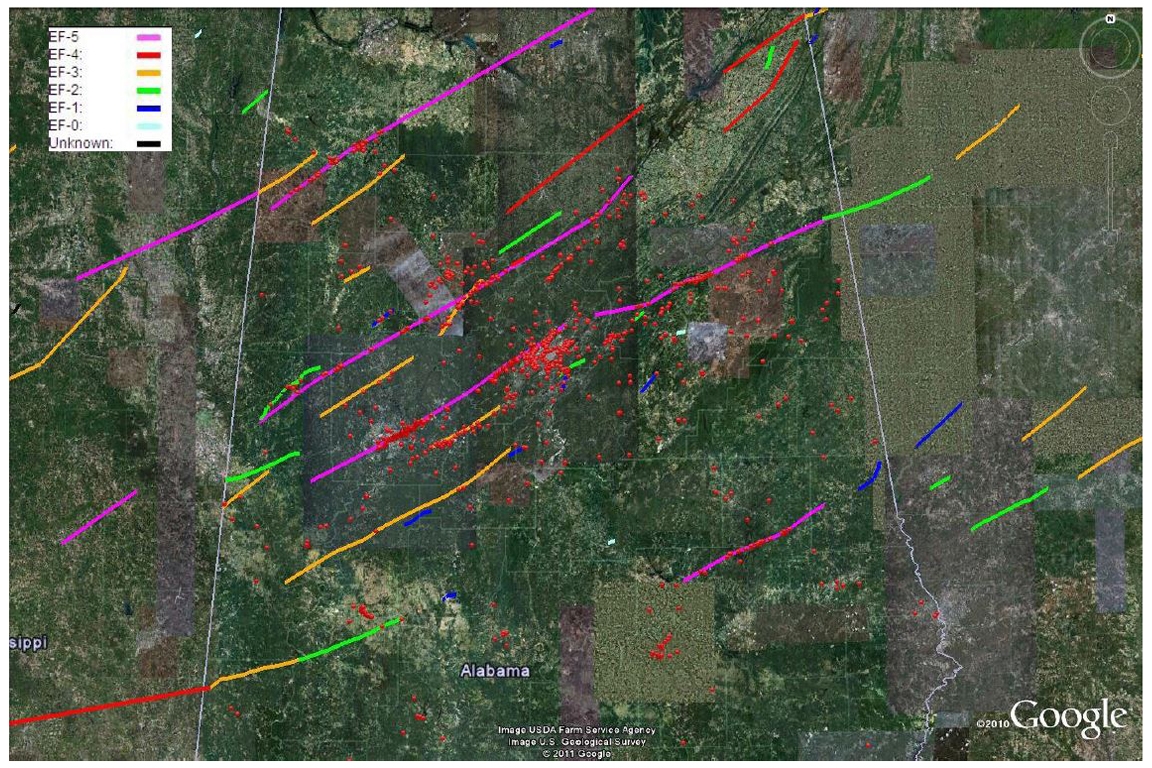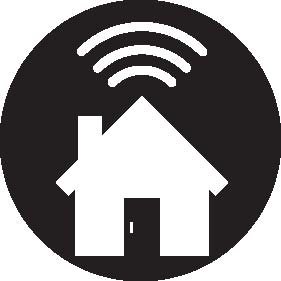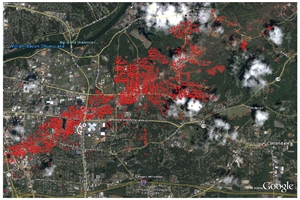SSZTCT6 april 2015 MSP430F6736

Cities large and small around the world are beginning to implement new technologies to more tightly interconnect disparate aspects of modern life in a strategy to become ‘smarter’. Smart cities are more livable for residents, hospitable for businesses and greener for the global environment. Smart meter technology lies at the foundation of smart city networks and provides the basic framework upon which smart cities can grow.
A smart meter is defined as an electronic measurement device (for electricity, gas or water) along with an associated two-way communication network which connects the end consumer with the utility (again; electricity, gas or water) providing services. These meters and the advanced metering infrastructure (AMI) network constitute a highly visible part of the smart grid which enables smart cities.
Smart meter AMI networks provide consumption data to the utility on a near real-time basis (data is usually aggregated and transmitted to utilities 2-4 times per day) and provides utilities a path to share real-time pricing signals to consumers. Smart meters also provide robust security protections to guard against both theft of personal consumer data through network security; they also prevent theft of energy by consumers, which drives up utility costs that must be passed on to the entire consumer base.
How a Smart Meter Makes Cities Smarter
Smart meter networks help make cities smart by quickly and easily bringing intelligence and information to consumers and utility companies. Utilities use smart meter networks to implement demand response programs with businesses and consumers through time-of-use pricing mechanisms that incentivize energy users who trim their consumption during periods of peak consumption, thereby reducing requirements for expensive, wasteful peak generation capacity. This reduces expenses for consumers, businesses, and energy providers while also reducing the harmful environmental impact from burning unnecessary fossil fuels.
Smart meters also enable the wider adoption of distributed, renewable energy generation such as roof-top solar panels because they allow net metering. Net metering allows for two-direction flow of energy and balances the measurement of inflows and outflows of energy from the solar inverter to the grid. This allows economically rational pricing and incentives for both consumers and utilities.
Smart meters can also help make cities smarter in responding to crisis situations such as natural disasters like hurricanes or tornadoes. For example, smart meter networks helped an Alabama power company quickly restore electricity services to residents after a series of devastating tornadoes in 2011. Some of the most powerful tornadoes ever recorded swept through portions of Alabama, as shown in the figure below.
 Figure 1 Path of Tornado Touchdowns in
Alabama(Source: Alabama Power, Gridweek 2011)
Figure 1 Path of Tornado Touchdowns in
Alabama(Source: Alabama Power, Gridweek 2011)The utility’s smart meter network automatically provided accurate outage data back to the company (see Figure 2), making it clear to operators the extent and precise location where the loss of service occurred. This allowed the utility planners to more efficiently allocate manpower and resources to get service restored to the greatest number of people in the timeliest fashion.
TI’s family of ultra-low power MSP430 microcontrollers (MCU) optimized for smart electric meter applications provide all the necessary capabilities for delivering on the promise of smart meters and AMI networks for smart cities. The MSP430 systems-on-chip (SoCs) for electricity meters, such as the MSP430F6736, offer single-chip integration of the highly accurate analog front end, communications interfaces and MCU CPU to meet today’s requirements for ANSI and IEC meters that meet accuracy goals of 0.2% across dynamic ranges of 2000:1 or better.
The MSP430 MCU platform also provides optimized solutions for ultrasonic measurement of flow rates in gas and water meters. Ultrasonic measurement is quickly becoming the preferred technique – replacing older style rotary meters – and TI’s FRAM SoC incorporates both the highly accurate measurement capability and the ultra-low power performance which is mandatory for smart flow meters to meet their expected 15-20 year lifetime.
Smart meters and their associated data networks reside at the heart of smart cities by providing crucial information about energy consumption patterns, dynamic pricing rates, and grid reliability to consumers and energy providers. TI’s MSP430 MCUs and companion analog solutions offer the most optimized semiconductor solutions for smart meter systems.
 Figure 2 Smart Meter Outage
Notifications in Aftermath of Tornadoes
Figure 2 Smart Meter Outage
Notifications in Aftermath of TornadoesTo read more posts related to Smart Home/Buildings, check out the blogs below:
- What is the IQ of your home or building? Is it indeed smart? on Industrial Strength
- PMICs – The smart, high-efficiency power solution for smart home applications on Fully Charged
- NFC/RFID for access control: Sniffing for cards on ConnecTIng Wirelessly
- Making smart energy smarter with renewable power storage on Power House
Click here for more on how TI helps create a smarter city!